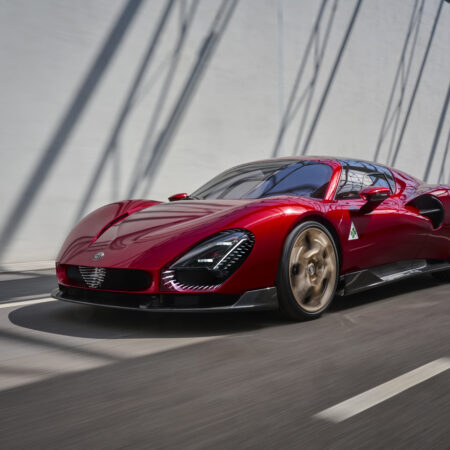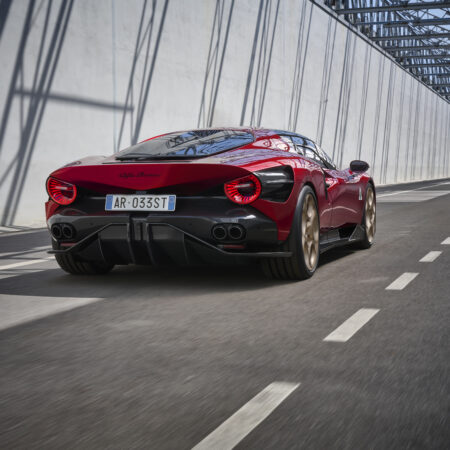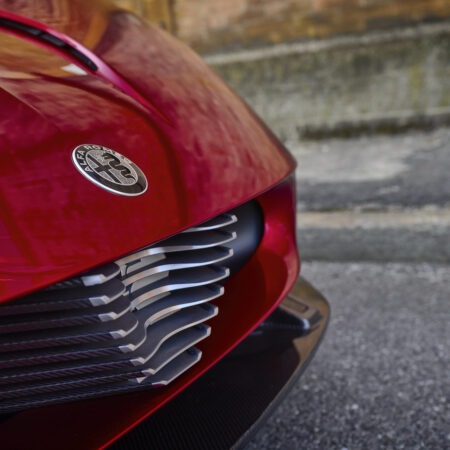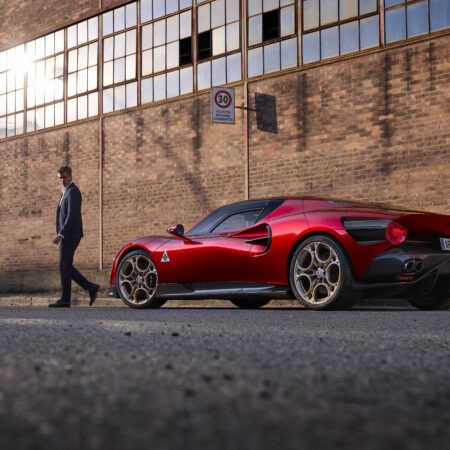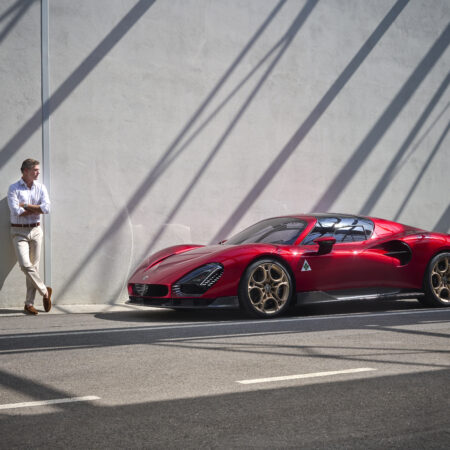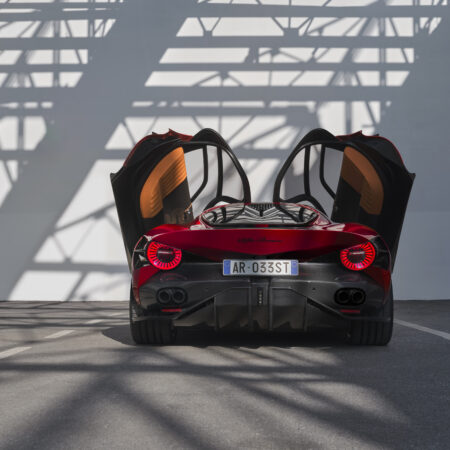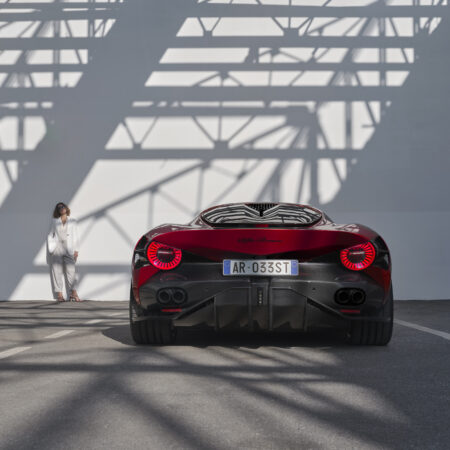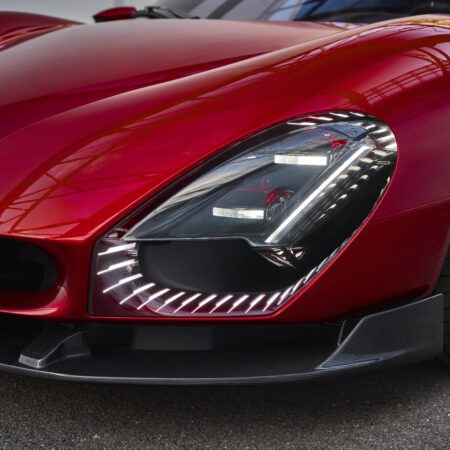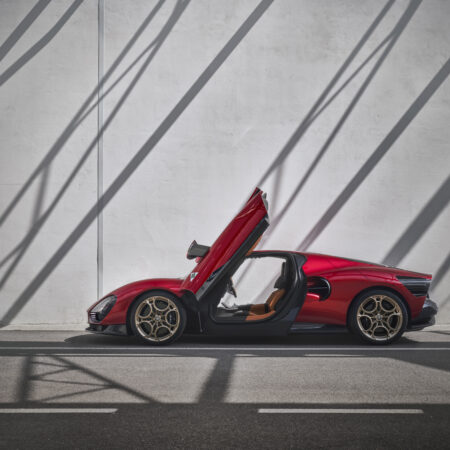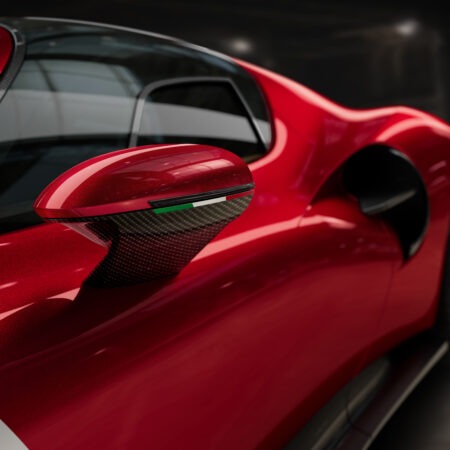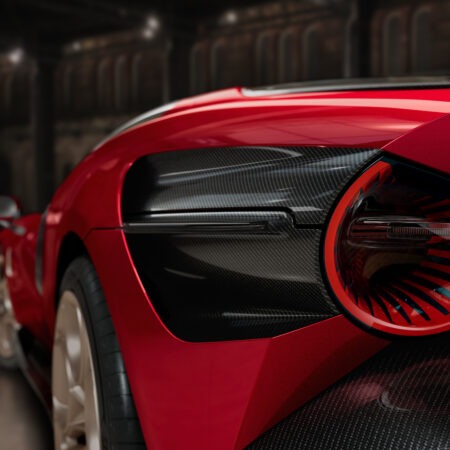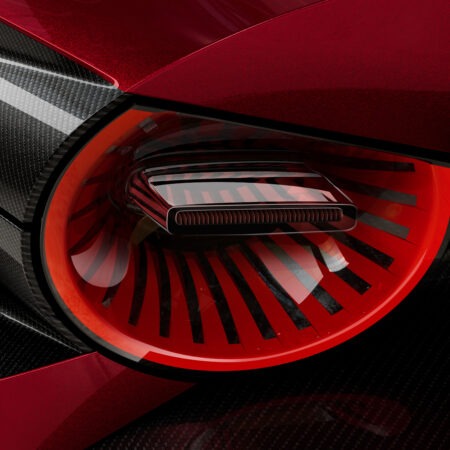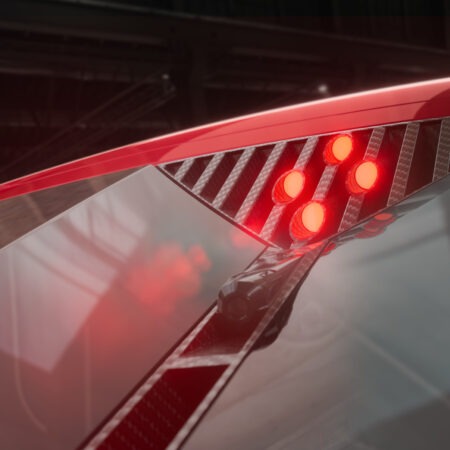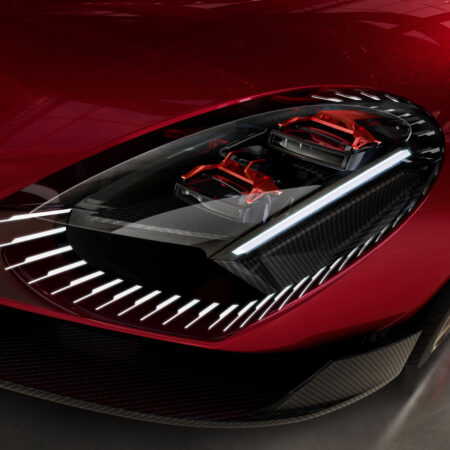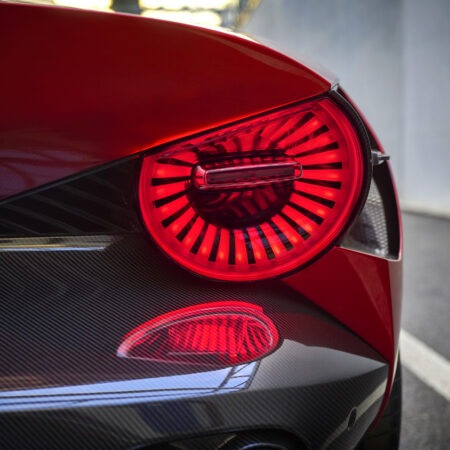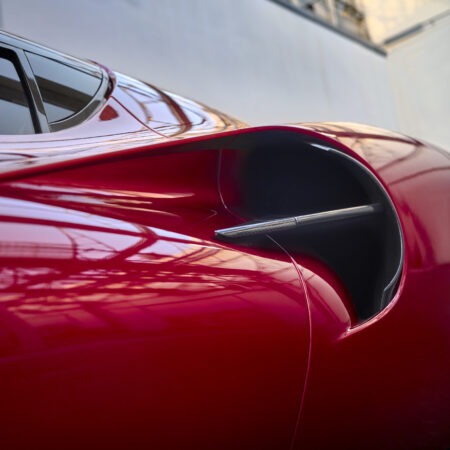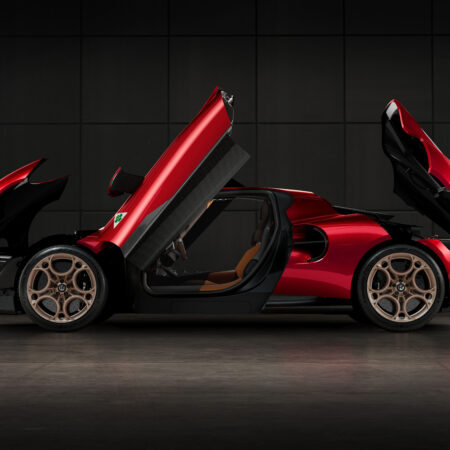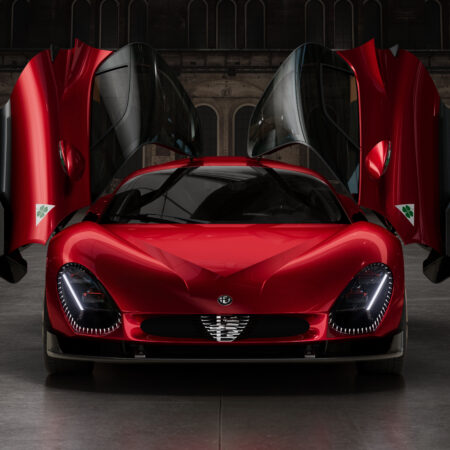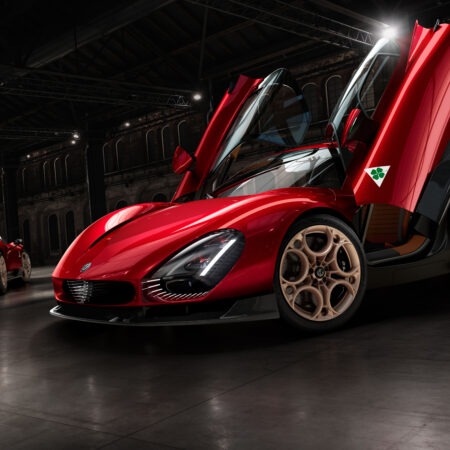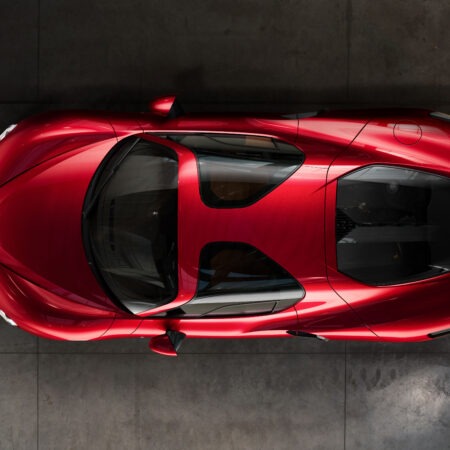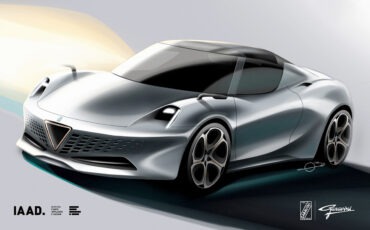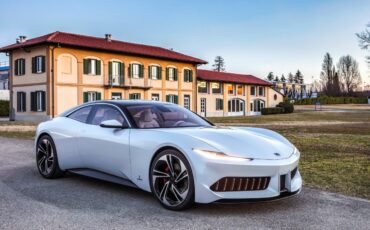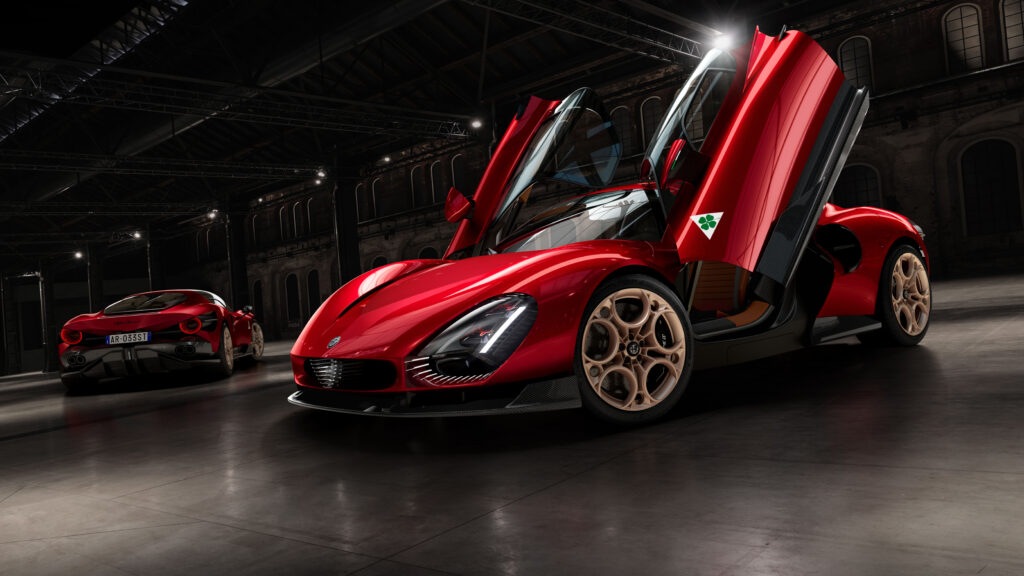
The Alfa Romeo 33 Stradale marks Alfa Romeo's return to the Olympus of the most exclusive supercars. It is available with a twin-turbo 3.0 V6 with over 620 hp or an electric motor with over 750 hp. Price from about 1.5 million euros.
Here it is, at last, the new Alfa Romeo 33 Stradale. Supercar “fuoriserie” of the house of Arese that recalls in name and not only the iconic car born in 1967, considered by many one of the most beautiful of all time.
Available with a twin-turbo 3.0 V6 with over 620 hp or an electric motor with over 750 hp. Price from about 1.5 million euros.
The new two-seater coupe will be made in only 33 speciments, all already sold starting at around 1.5 million euros, by Touring Superleggera with very high standards to ensure manic attention to every detail. A manifest car, celebrating the past while projecting the brand into the (electric) future, anticipating some details of the brand’s upcoming models.
Inspired by the past
Designed by the Alfa Romeo Style Center, the inspiration for the new 33 Stradale is rooted in the historic model. The front end is powerful and muscular, showcasing the shield and elliptical light clusters. Two large side air intakes, immediately behind the heli-opening doors, lead the view to the rear, which expresses the car’s strength through a truncated tail, “V” graphics and round taillights. The maximum height is not at the windshield, but in the center of the roof, allowing for a Cx of 0.375.
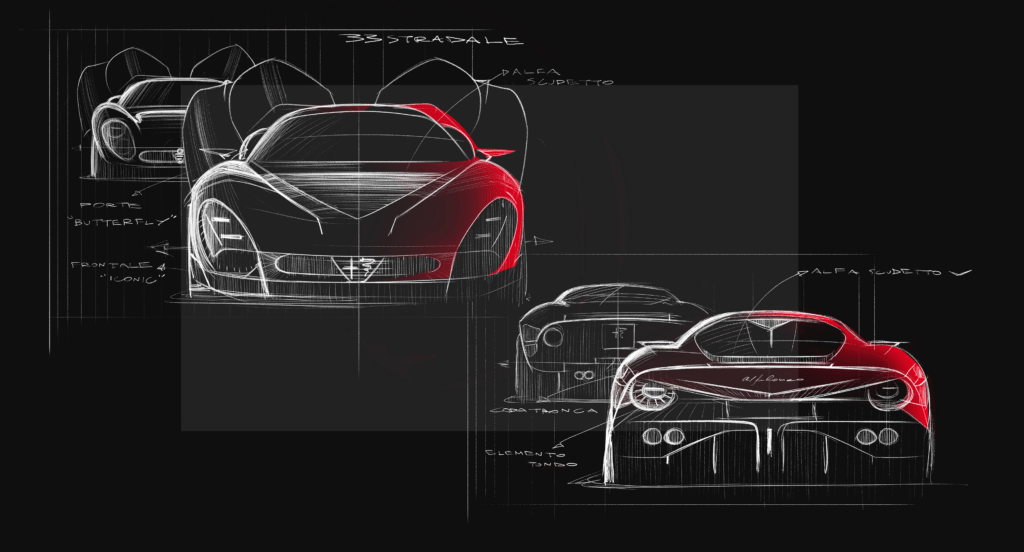
Essentiality also distinguishes the interior of the Alfa Romeo 33 Stradale, so as not to distract the driver from what really matters: driving. The few controls are located on the center console, while in front of the driver is a display that, thanks to the three-dimensionality of the “telescope,” aims to engage the driver. In contrast to current habits, the steering wheel has no buttons. The dashboard and center tunnel are aviation-inspired and use materials such as aluminum, carbon fiber, leather and Alcantara. Two trim options are available, Tributo and Alfa Corse: the former features leather and aluminum and pays homage to the 33 Stradale example on display at the Arese Museum; the latter combines carbon fiber with Alcantara for maximum sportiness.
Also electric
Under the rear hood, the new Alfa Romeo 33 Stradale can be equipped with either a twin-turbo 3.0 V6 engine with more than 620 hp, which the company describes as an evolution of the V6 that already equips Alfa’s highest-performance cars, mounted in a central position and mated to an 8-speed, dual-clutch DCT gearbox, with rear-wheel drive and an electronic limited slip differential, or with an electric motor capable of more than 750 hp and an estimated range of 450 km (WLTP). The number 3 also recurs in the performance claimed for the petrol version: 333 km/h indicated top speed and acceleration from 0 to 100 km/h in less than 3 seconds, braking from 100 km/h to 0 in less than 33 m.
The Alfa Romeo 33 Stradale is designed to be used as much on track days as in everyday life, which is why it has two driving modes, Strada and Pista, selectable from switches on the center tunnel. Starting the car activates Strada mode, which is more comfortable with a smooth power delivery, soft suspension, smooth shifting and exhaust valves that open only above 5,000 rpm. Choosing Track mode switches to a more adrenaline-pumping drive: the suspension stiffens, the gearbox becomes quicker, the exhaust valves are always open, and maximum power is guaranteed. In this mode you can decide to turn traction control off completely.
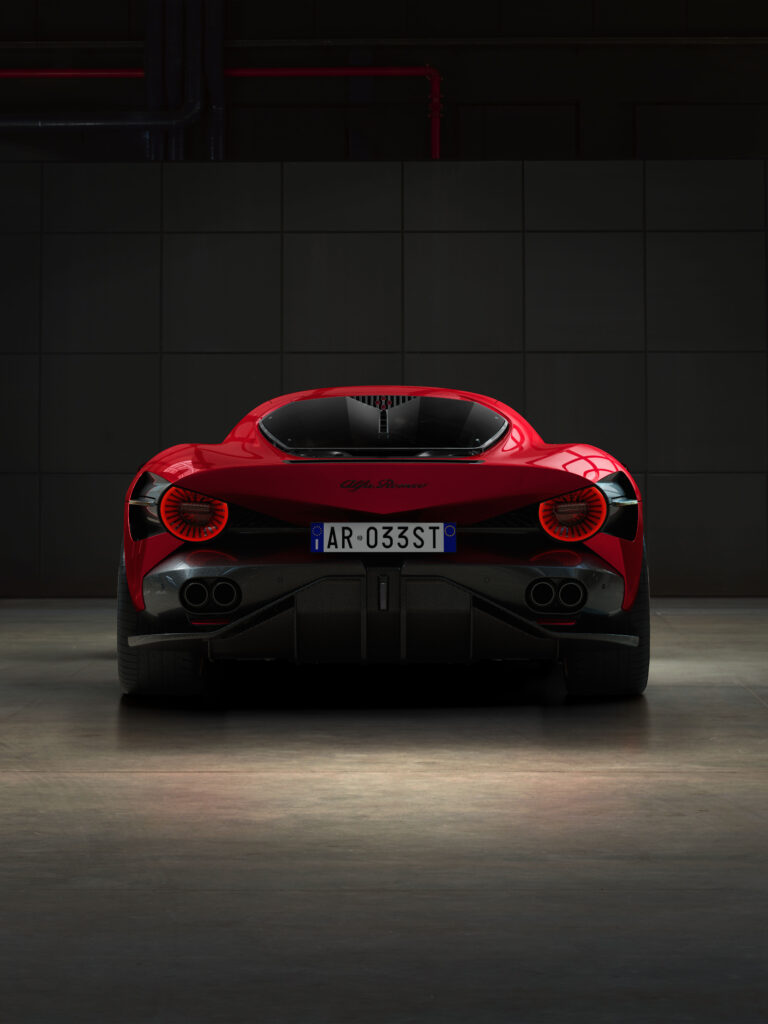
Keeping all the power of the Alfa Romeo 33 Stradale under control is a brake-by-wire braking system that acts on Brembo’s signature carbon-ceramic brakes. Rigidity and lightness are provided by an aluminum H-frame and carbon-fiber monocoque, on which a carbon-fiber and aluminum roof structure has been engineered with hinges to attach the butterfly doors. The whole set up will be supported by the experience of Valtteri Bottas, who will bring his Formula 1 experience to the Balocco tests.
As mentioned, all 33 examples of the Alfa Romeo 33 Stradale have already been assigned to their respective customers, who participated in the project to create as many unique examples together with a team of professionals. In this way, the Alfa Romeo “Bottega” was born, inspired by the Renaissance workshops and coachbuilders of the 1960s and aiming to make customers’ dreams come true. The first meetings with Alfa Romeo supercar customers took place at last year’s Monza GP, when they were able to express their wishes about their car. All of this was overseen by the 33 committee, which was tasked with approving the customers’ requests, ensuring that the car’s history and iconicity were respected. Production is hand-made by Touring Superleggera.
One-of-a-kind
All this means that no two Alfa Romeo 33 Stradale cars will be identical. The first choice concerns the paint of the 33 Stradale: classic Rosso Alfa pastel, a reinterpretation of Blu Reale, Rosso Tinded Clearcoat “Villa d’Este,” but also a red and white livery as a tribute to the Tipo 33 racing car. Customers can also customize the exposed carbon fiber trim, choose from different air intake configurations, and decide which logo to put on the side between Quadrifoglio and Autodelta. Also customizable are the Alfa Romeo lettering on the rear, the 20-inch alloy wheels, and the dual exhaust tailpipes.

